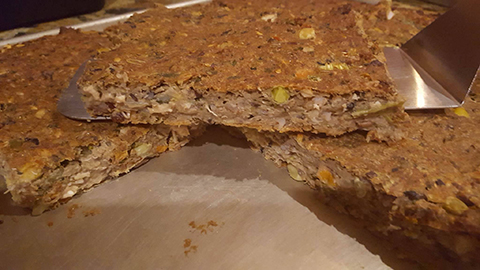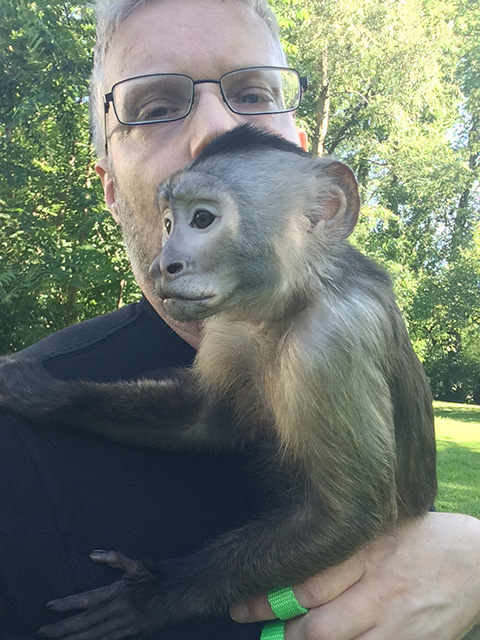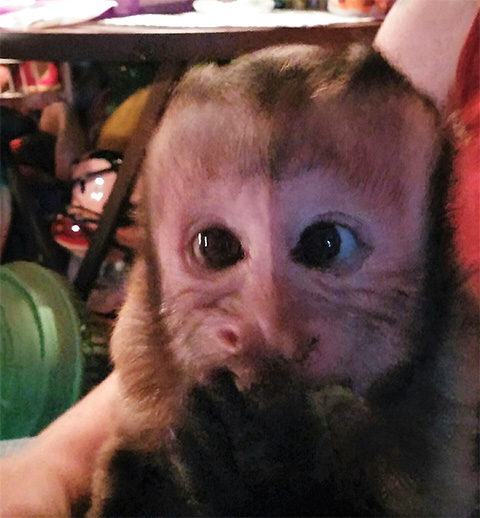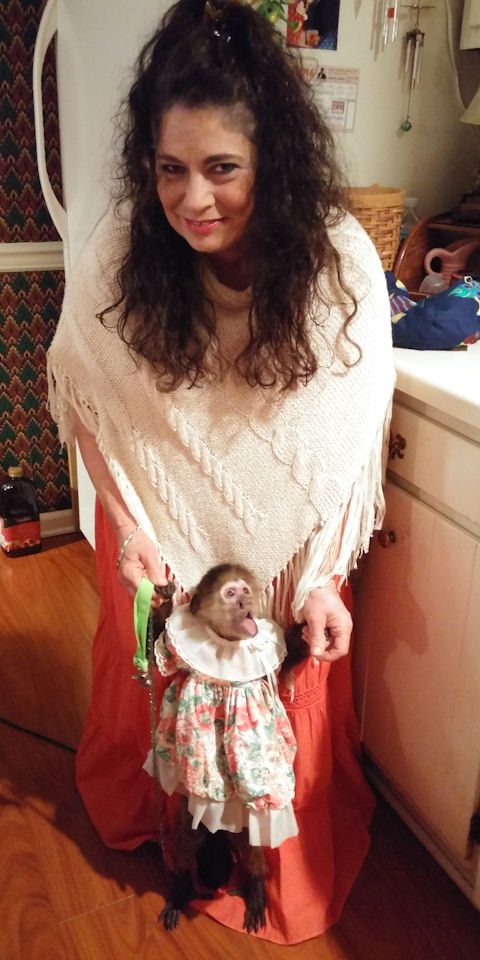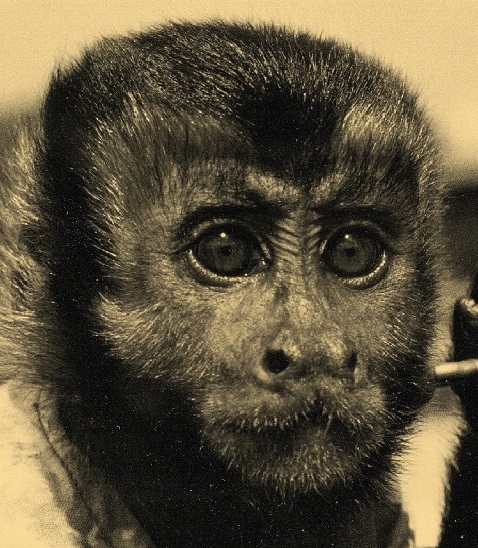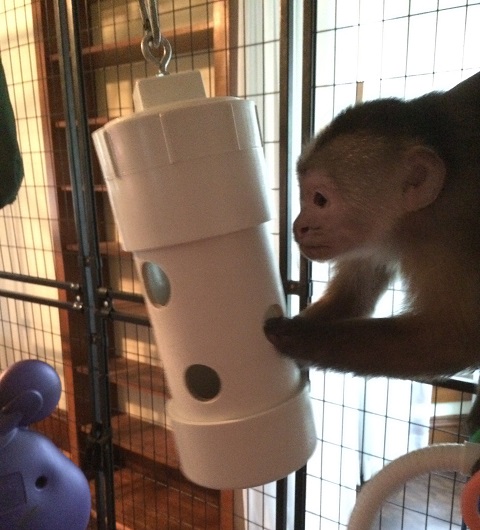
I wanted to talk to you about one of Benji’s favorite enrichment feeders. The goal of this feeder is mainly to prolong feeding time. I build this enrichment feeder over a year ago and as you can tell, it is still in great condition. Since this feeder is made out of PVC, it is not only very durable but it can also be kept clean rather easily. So how does a feeder like did provide any enrichment to your monkey(s)?
Due to the fact that your monkey can’t really see what is in the feeder, he’ll have to dig through the holes to find out what is on the bottom. I typically fill this feeder with seeds, nuts, popcorn, dried fruits and sometimes also mealworms. To prolong feeding time even more, you can also fill it up with things like straw or paper to slow down the retrieval process. You could even drop in an entire banana, just make sure you wash the peel first.
It really isn’t hard to make this primate enrichment feeder, so let’s get started!
(more…)
